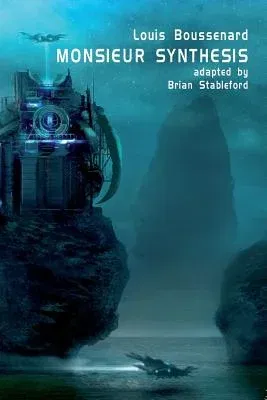Louis Boussenard
(Author)Monsieur SynthesisPaperback, 30 March 2013

Qty
1
Turbo
Ships in 2 - 3 days
In Stock
Free Delivery
Cash on Delivery
15 Days
Free Returns
Secure Checkout
Print Length
388 pages
Language
English
Publisher
Hollywood Comics
Date Published
30 Mar 2013
ISBN-10
1612271618
ISBN-13
9781612271613
Description
Product Details
Author:
Book Format:
Paperback
Country of Origin:
US
Date Published:
30 March 2013
Dimensions:
22.86 x
15.24 x
2.18 cm
ISBN-10:
1612271618
ISBN-13:
9781612271613
Language:
English
Location:
Encino
Pages:
388
Publisher:
Weight:
566.99 gm

